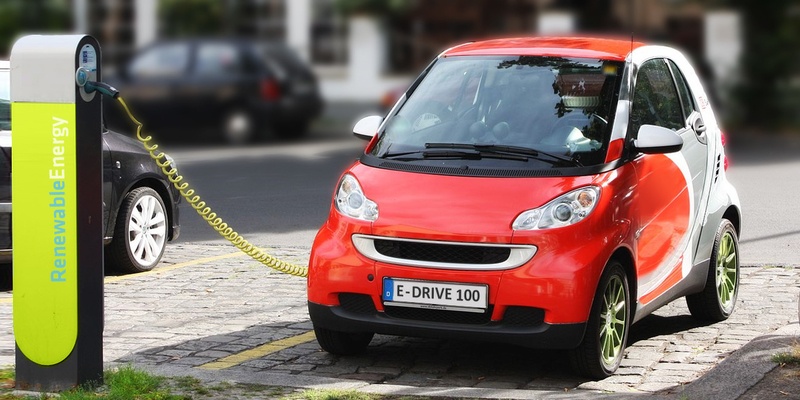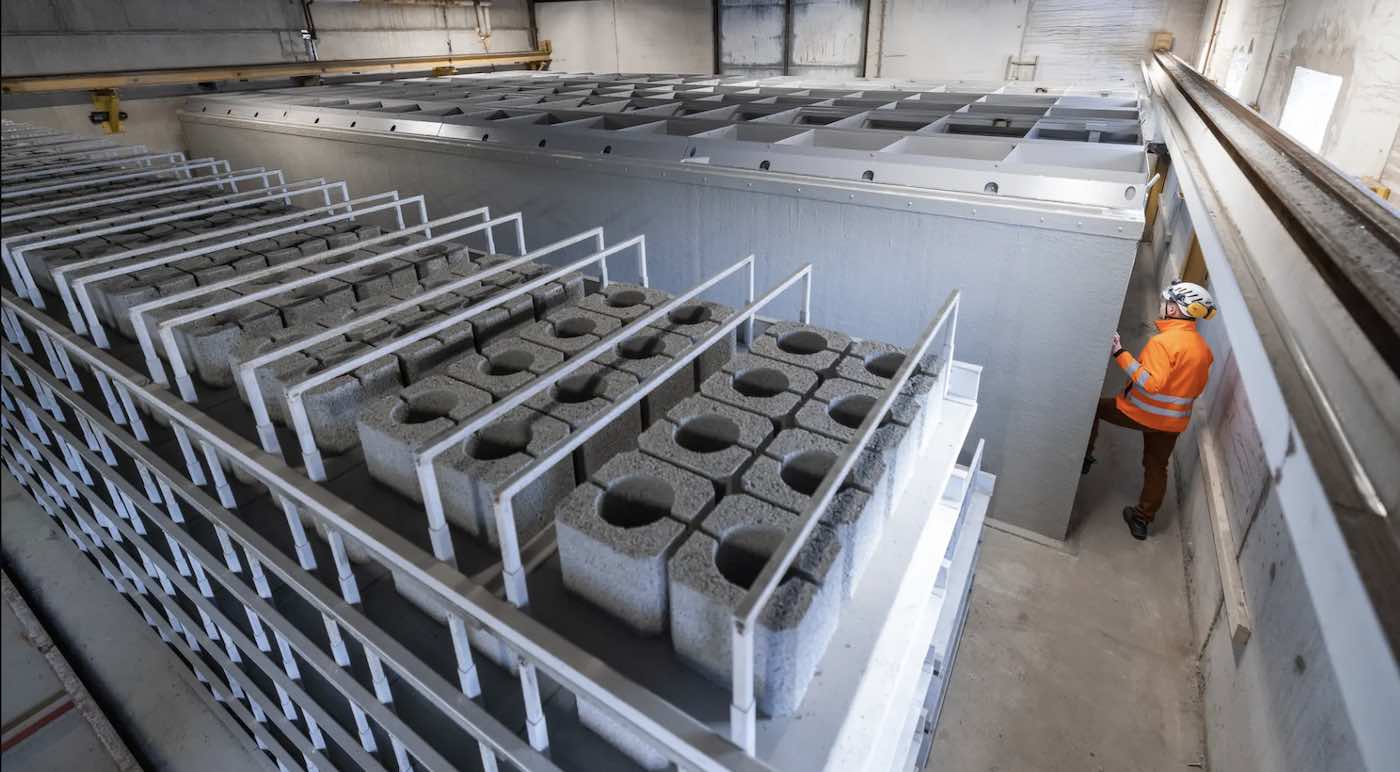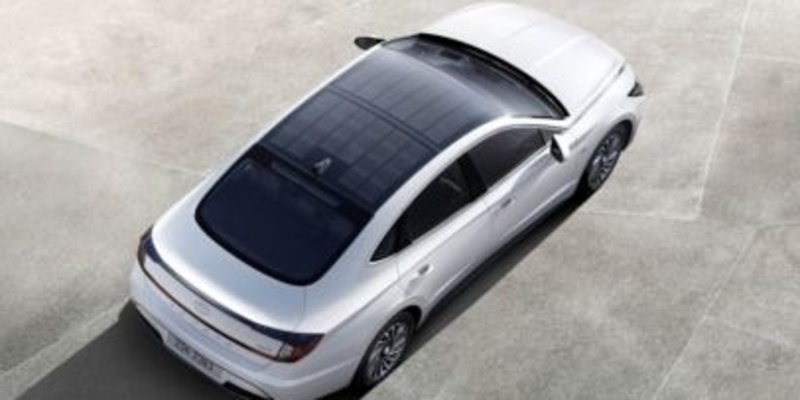Turning Tomato Waste into Fashion Gold: The Story of 21-Year-Old Innovator Pritesh Mistry and His Startup Bioleather
When Pritesh Mistry, a final-year Biotech engineering student in Mumbai, began working on a project about leather tanning, he stumbled upon a harsh reality: traditional leather production is among the most polluting and cruel industries on the planet. The chemicals used, the waste generated, and the environmental cost of animal agriculture left a lasting impact on him. Determined to create a planet-friendly alternative, Pritesh transformed his academic curiosity into a mission. In 2019, at just 21 years old, he founded Bioleather, a startup dedicated to making sustainable, plant-based leather from agricultural waste, starting with something as simple as tomatoes. What began as a college experiment has now evolved into an award-winning eco-innovation that is reshaping how the fashion industry thinks about materials.Bioleather: A New Chapter in Sustainable FashionHeadquartered in Mumbai, Bioleather focuses on crafting leather-like materials from natural and organic waste, including tomatoes, apples, and other plant byproducts. These innovative materials are biodegradable, cruelty-free, and PU-free, offering the same luxurious look and feel as animal leather but without the guilt or environmental harm. Pritesh’s mission is clear "We want to create sustainable materials that don’t harm animals or the planet but still meet the performance and aesthetic expectations of today’s consumers.” In just a few years, his startup has caught the attention of global sustainability advocates and fashion brands alike.The Recognition: PETA Vegan Fashion Award 2025In 2025, Pritesh’s groundbreaking innovation earned him the PETA Vegan Fashion Award for Best Innovation in Textiles, a global acknowledgment of his contribution to ethical fashion. PETA (People for the Ethical Treatment of Animals) recognized Bioleather’s work as a pioneering step in reducing the fashion industry’s reliance on animal-derived products. The award puts Pritesh among a growing list of young entrepreneurs proving that compassion and creativity can drive powerful environmental change.What Is Tomato Leather?At the heart of Bioleather’s innovation lies its star material, Tomato Leather. Using tomatoes that are not commercially sellable, those rejected for being too small, oddly shaped, or not ripe enough, bioleather transforms agricultural waste into a durable, stylish, and eco-friendly leather substitute. Unsellable but fresh tomatoes are collected from farms and food suppliers. These tomatoes, which are perfectly fine but rejected for not meeting commercial standards, are dried and ground into a fine powder. This powder is then mixed with a natural biopolymer that acts as a binder, holding the material together without the use of plastics or synthetic chemicals. The resulting mixture is coated onto a cotton canvas to give it both texture and strength. Once the material is cured, it develops the smooth, flexible texture of real leather, ready to be shaped into stylish shoes, handbags, or other accessories. The final product is a PU-free, landfill-biodegradable, and sustainable material that looks like traditional leather but decomposes naturally like a plant.Exploring Microbial LeatherBioleather doesn’t stop at plants. The startup also explores Microbial Leather, a futuristic material grown from bacteria such as Acetobacter xylinum. These microbes naturally produce cellulose during fermentation, which is later harvested, treated, and processed into a leather-like fabric. This process eliminates the need for livestock, tanning, or harmful chemicals. From an idea conceived in a university lab, Bioleather has grown into a profitable and recognized green-tech venture. Pritesh initially invested around ₹30–35 lakhs into the project funds sourced from personal savings and small grants for innovation. By the financial year 2024–25, Bioleather generated a turnover of ₹1.2 crore, with profits ranging between 15–20%. This impressive performance showcases that sustainability and profitability can go hand in hand. Bioleather has also begun collaborating with small-scale fashion houses and accessory brands seeking eco-conscious material solutions.Why Bioleather MattersLeather production has long been linked to animal cruelty, deforestation, and chemical pollution. Traditional tanning involves toxic substances like chromium and formaldehyde, which contaminate water bodies and harm workers’ health. Pritesh’s solution addresses these issues head-on. At just 21, Pritesh Mistry embodies the spirit of young Indian innovation. His journey shows how scientific knowledge and environmental awareness can merge to create real-world solutions. As Bioleather continues to grow, Pritesh’s tomato-based leather is not just redefining materials; it’s redefining mindsets. His story reminds us that sustainability begins not in factories, but in the choices we make and sometimes, in the hands of a 21-year-old who dares to dream differently.

.jpg)
.jpg)
.png)
 (1).jpeg)
 (1).jpeg)
.jpg)
.jpeg)
(1).jpeg)
.jpg)
.jpg)
.jpeg)
.jpg)



(1).jpeg)
.jpg)
.jpg)


